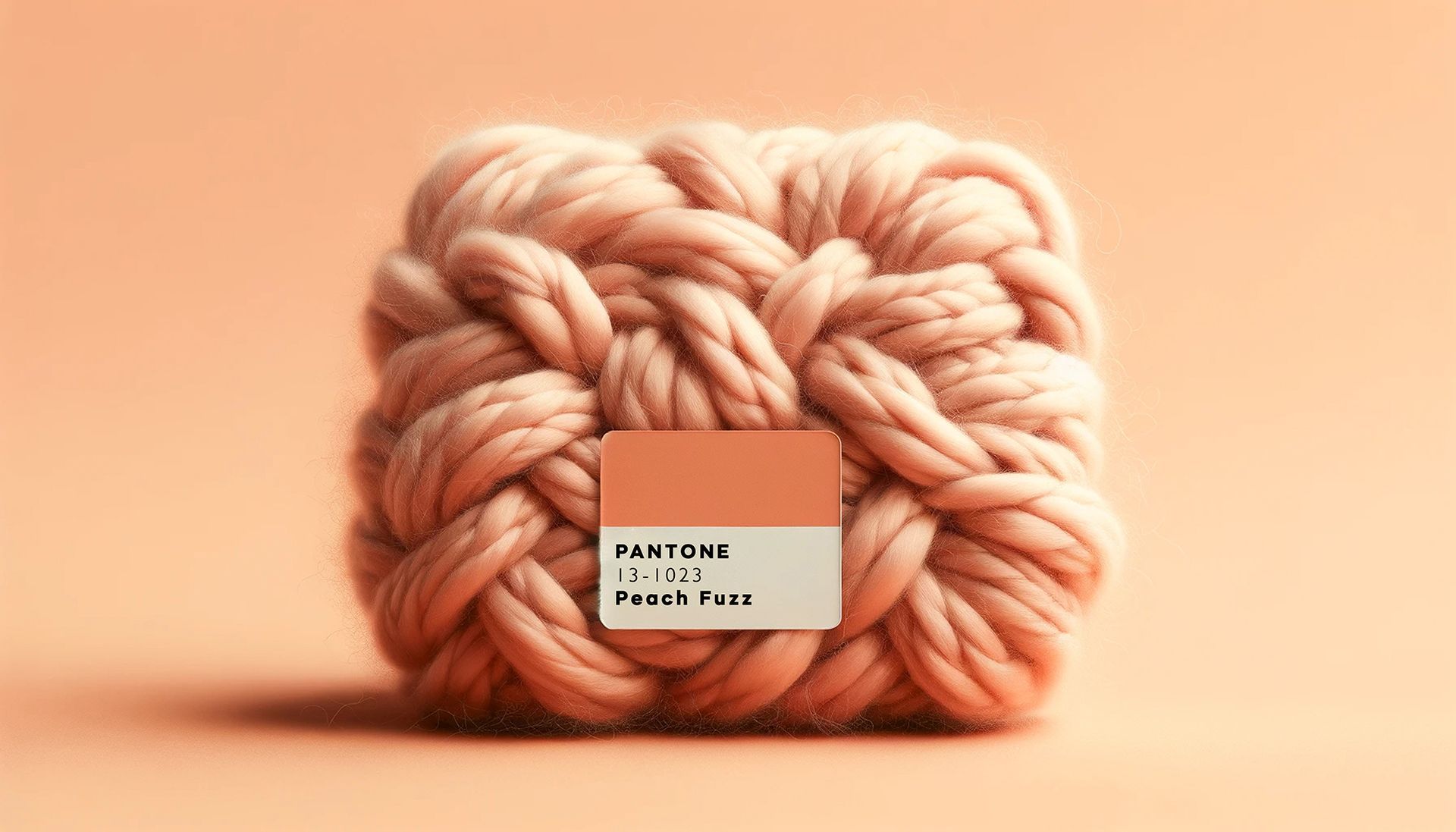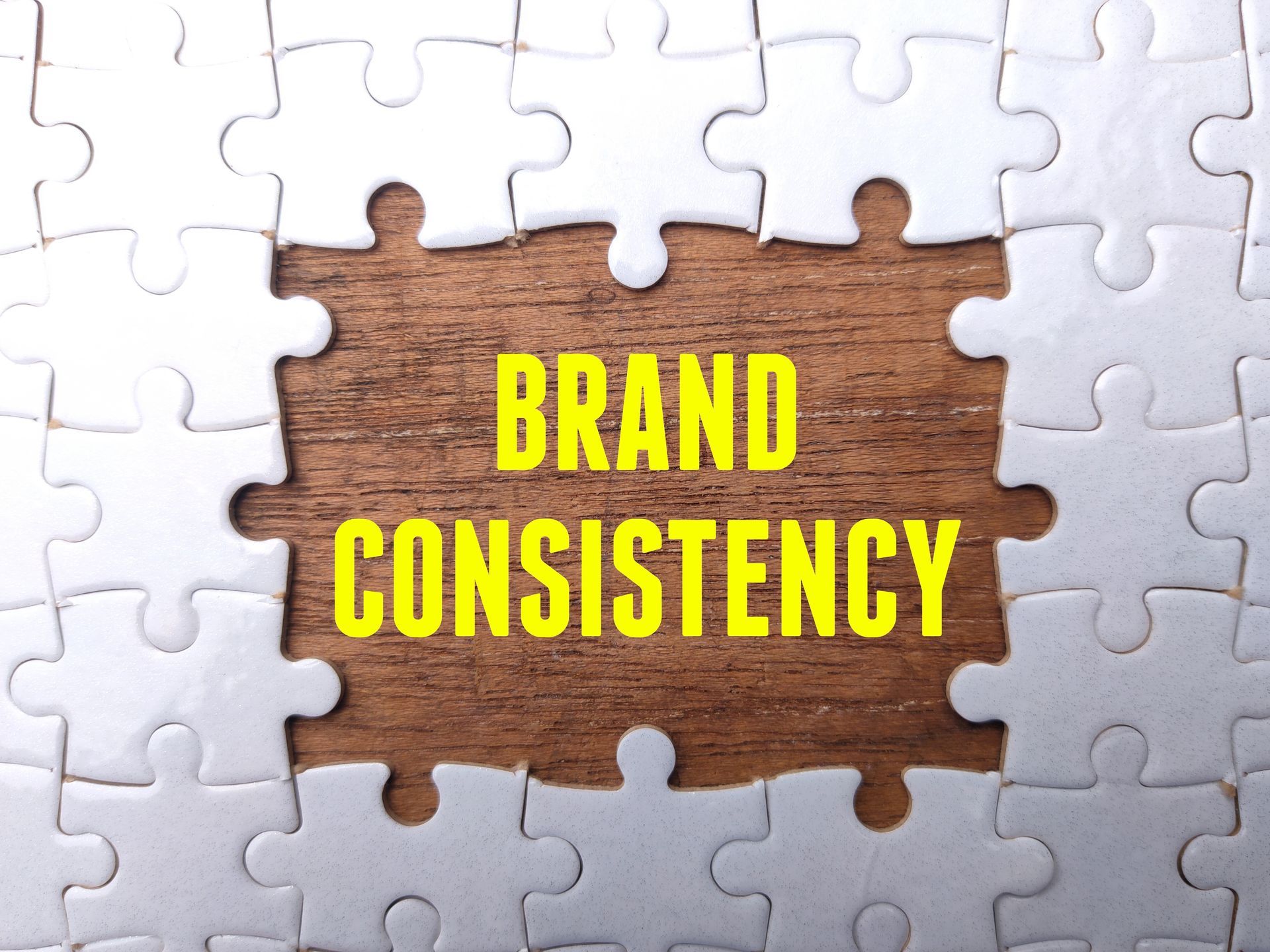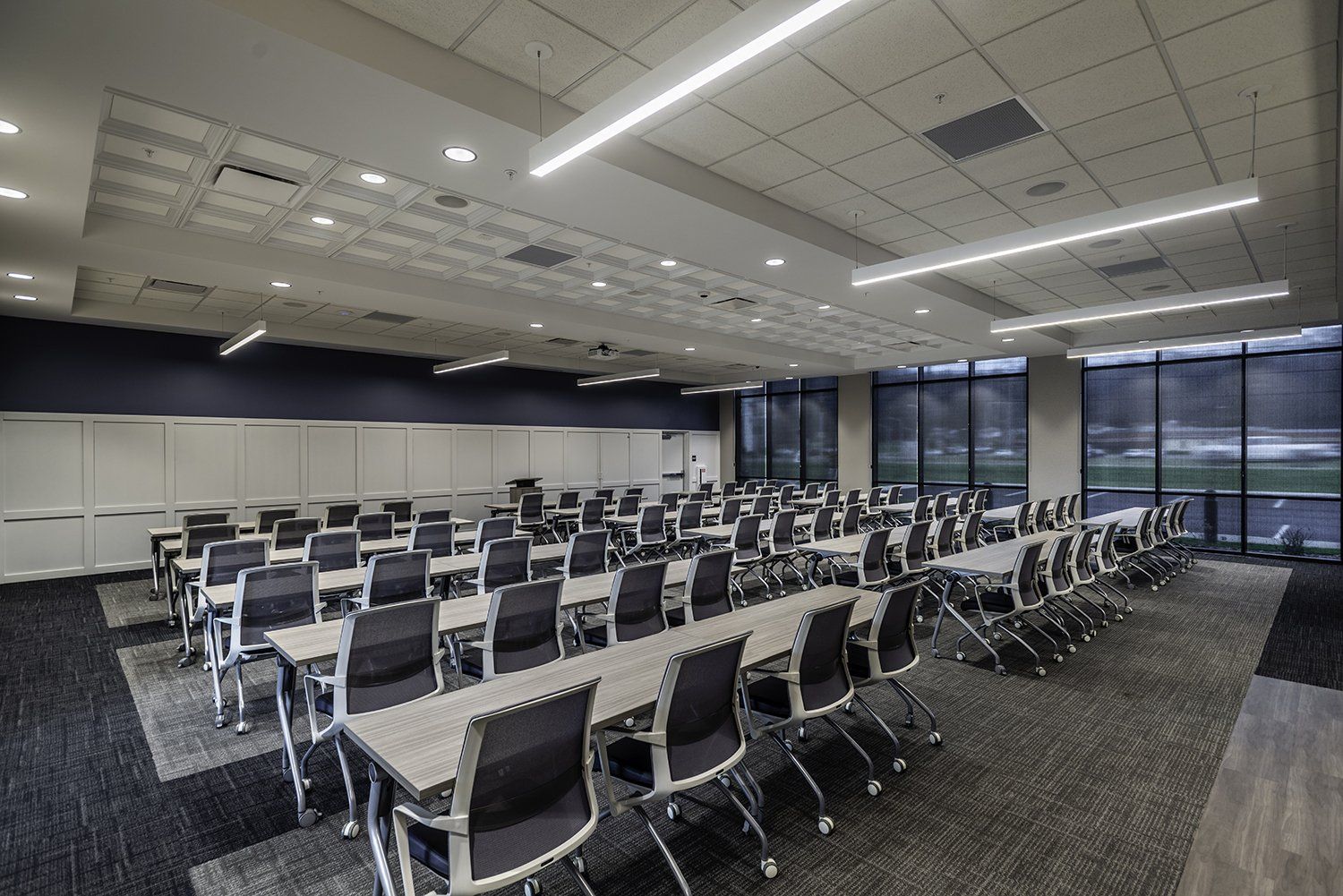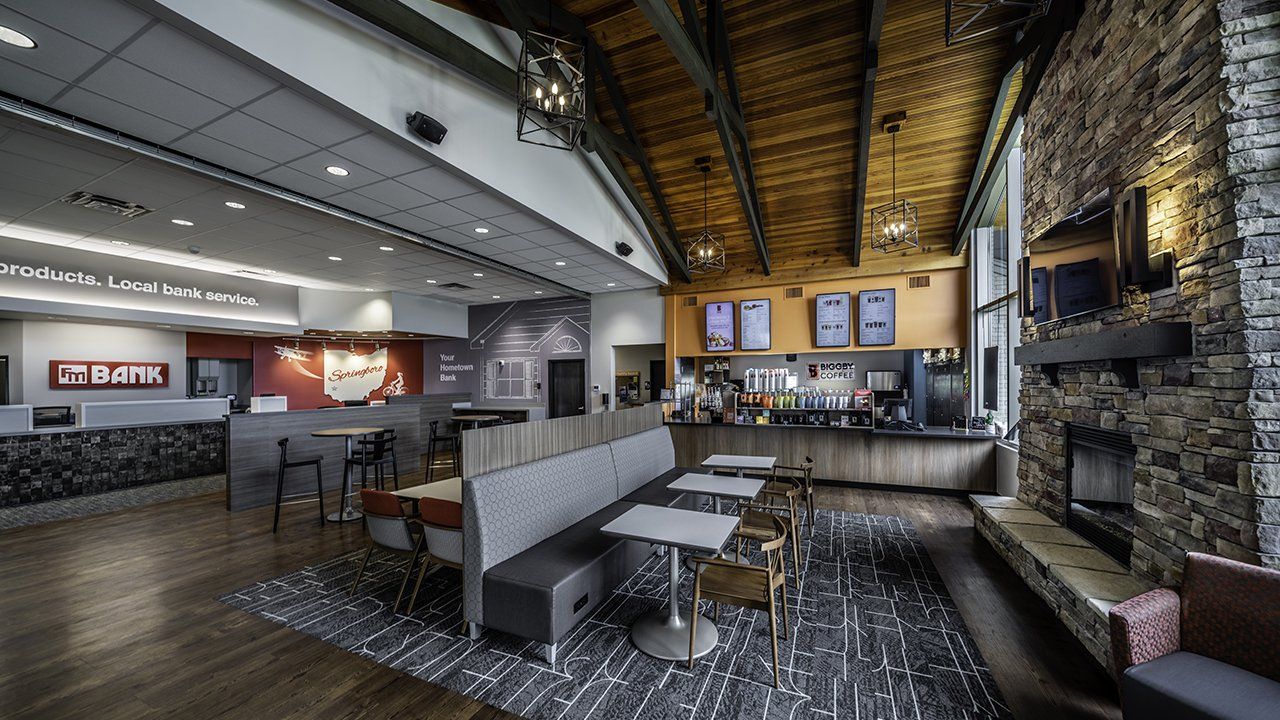Menu
Follow us on:

MASTER BUILDERS
The ancient masterbuilder is a design-build professional, an artist of the built environment, who has existed for about 5,000 years…………
…Long, long ago, the Greeks gave the ancient masterbuilder the name ảpxitέktwv (architekton), from which the Romans derived the Latin name, architectus. Both words literally mean “masterbuilder”—as denoting one responsible for the design and construction of the built environment. Our modern English word “architect” derives from these Greek and Roman terms and is their phonetic equivalent, stripped of the original meaning. Even so, the centuries-old masterbuilder remains a highly respected and legendary figure in today’s architectural community.
Essay written by
H. Robert Dinsmore, Jr.
President and Founding Partner,
Masterbuilder Fellowship for the Built Environment, Inc.
Leadership
In a few weeks, June 20-22, twenty thousand or so of the nation’s architects, including myself, will converge on the city of Denver, Colorado for the American Institute of Architect’s (AIA) National Convention, whose tag-line “Building Leaders” is the theme for many of the speakers and presenters who will share their experiences. Leadership has long been the Achilles heel of our profession, with architects lamenting the loss of opportunity to direct what we are so passionate about: the quality and joy of the built environment; and the feeling of being severely underpaid and under-appreciated relative to our education and professional development process compared to other highly regarded professions such as medicine and law.
From the Cincinnati Chapter’s VISION program newsletter, a leader development program for young architects, it states, “In a world where the Architect is losing more and more responsibility and respect, how do we climb back to experience the stature of “Master Builder” that we embraced during our formative years? The answer, in a nutshell, is to take back more of what we gave away due to our aversion of risk.” And the article goes on to describe some of the upcoming programming and speakers who will discuss the Architect as Developer and the Architect as Design-Builder. So much of the profession is focused intrinsically on how to take back a leadership role by taking on more of the risk for projects that we have shied away from in the modern era. I want to suggest a different track.
Innovators
Steve Jobs is famous for saying “Most people make the mistake of thinking design is what it looks like. People think it’s this veneer- that the designers are handed this box and told, “Make it look good!” That’s not what we think design is. It’s not just what it looks like and feels like. Design is how it works.”

This came from the introduction to Jay Greene’s book Design Is How It Works. I believe the leadership vacuum in the profession is due more to the fact that we look to the star designers of exotic form, in both our culture and our profession, the exploiters of gadgetry and new technology in architecture, to those grabbing the headlines of both the popular press and our professional journals, more so than the true innovators who are changing the world and the rules we are used to playing by.
By this I mean we need to look more deeply at what our communities need from us, and start designing solutions that work. Like Cameron Sinclair, who leads Architecture for Humanity, an organization dedicated to helping communities in need from disaster or exploitation, that need housing and clean water. Or Christopher Alexander, who has spent decades trying to help people help themselves and restore the rich vernacular history of building to the hands of the everyday people who use it and believes in, “an association of people from all walks of life, with architects and builders, we are building our neighborhoods, slowly rebuilding the earth.” Or Kickstarter, an organization through which everyday people are empowering themselves to fund projects for the Public Good through these crowdsourcing sites. Not waiting for the bureaucracy to catch on and catch up. These are the true innovators- along with many working in your own community, to restore integrity to those in need, and who are not getting the headlines.
Find and read Bruce Mau, Incomplete Manifesto for Growth. It was originally conceived for designers. We are all designers, regardless of profession. We are also all leaders. Not because we have been anointed so. But because sometimes when we choose the work we do, the good we chose to do with our time and money, is worth following. See Adopt A Class Cincinnati.
Mr. Mau says, “Allow events to change you. You have to be willing to grow. Growth is different from something that happens to you. You produce it. The prerequisites for growth: the openness to experience events and the willingness to be changed by them.”











